OFRF Awarded USDA NRCS Cooperative Agreement
FOR IMMEDIATE RELEASE
OFRF has been awarded a USDA NRCS cooperative agreement to cultivate conservation excellence and empower organic producers nationwide. The collaborative initiative strengthens NRCS capabilities and enhances support for organic farmers through innovative training, resources, and community engagement.
(May 16, 2024) The Organic Farming Research Foundation (OFRF) is pleased to announce its five-year cooperative agreement with the United States Department of Agriculture’s (USDA) National Resource Conservation Service (NRCS) to enhance organic agriculture businesses’ access to vital conservation programs.
OFRF will provide expertise in organic research and conservation practices, supporting NRCS in building institutional knowledge of the conservation considerations of organic management at NRCS offices and with regional partners. Additionally, it will increase awareness among organic producers of the technical and financial assistance available through USDA to meet holistic resource management goals.
“Ensuring federal conservation programs work for and are utilized by organic farmers is an essential way to expand and enhance regenerative organic practices on the ground,” stated OFRF Executive Director Brise Tencer.
OFRF will work in partnership with Oregon Tilth and other regional partners, representing a combined $5 million investment by NRCS to bolster organic expertise and expand resources for transitioning farmers.
This cooperative agreement will establish a new NRCS Liaison role at OFRF, who will serve as a critical resource and communicator for the project. The liaison will review NRCS materials, develop educational resources for organic producers, and present at national events.
Additionally, throughout this initiative, OFRF will:
- Review and improve NRCS resources on organic farming practices and soil health management, and share the latest research on organic agricultural practices.
- Equip NRCS with a suite of training materials and educational resources that build capacity within the agency and address the priorities and needs of BIPOC farmers.
- Ensure NRCS organic resources and conservation standards reflect the latest research findings.
- Engage with farmers, Organic Coordinators, and Certifiers nationwide to increase knowledge of and access to NRCS organic programs and resources.
“This partnership is going to allow OFRF to continue our work of ensuring that NRCS conservation programs recognize the conservation benefits of organic agricultural management while also increasing our efforts to ensure that organic producers are aware of and utilize the significant supports NRCS has to offer,” shared OFRF Senior Policy and Programs Manager Gordon Merrick, who will be acting as lead on this project.
OFRF is uniquely poised to provide training, technical information, and educational resources, including guidance and organic farmer stories, that will improve the capacity of the NRCS staff to assist organic producers in implementing conservation practices.
“We are thrilled to be partnering again with the USDA Natural Resources Conservation Service to further this goal,” Tencer stated.
###
About Organic Farming Research Foundation
About OFRF: The Organic Farming Research Foundation works to foster the improvement and widespread adoption of organic farming systems. OFRF cultivates organic research, education, and federal policies that bring more farmers and acreage into organic production. For more information about OFRF, please visit our website: http://www.ofrf.org/.
Media Contact:
Ashley Dulaney, Communications Director, OFRF
ashley@ofrf.orf, (518) 565-0156
P.O. Box 440, Santa Cruz, CA 95061



 From 1993-2020, Keith worked for the Southern Sustainable Agriculture Working Group where he helped strengthen organic and sustainable farming in the Southern U.S. In his capacity as Program Director, he coordinated thousands of conference sessions and training projects to meet the needs of family farmers and community-based organizations. Prior to his work with Southern SAWG, Keith was the marketing manager for the Ozark Organic Growers Association, a coop of small organic farmers in the Ozarks bioregion. In the 1980s he helped develop a sustainable training farm in mid-Missouri and later managed an organic farm in northern California. He grew up in a farming community in northern Iowa.
From 1993-2020, Keith worked for the Southern Sustainable Agriculture Working Group where he helped strengthen organic and sustainable farming in the Southern U.S. In his capacity as Program Director, he coordinated thousands of conference sessions and training projects to meet the needs of family farmers and community-based organizations. Prior to his work with Southern SAWG, Keith was the marketing manager for the Ozark Organic Growers Association, a coop of small organic farmers in the Ozarks bioregion. In the 1980s he helped develop a sustainable training farm in mid-Missouri and later managed an organic farm in northern California. He grew up in a farming community in northern Iowa.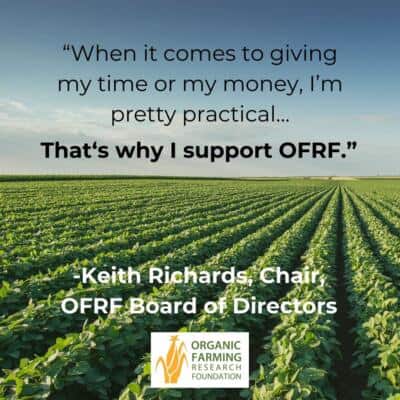
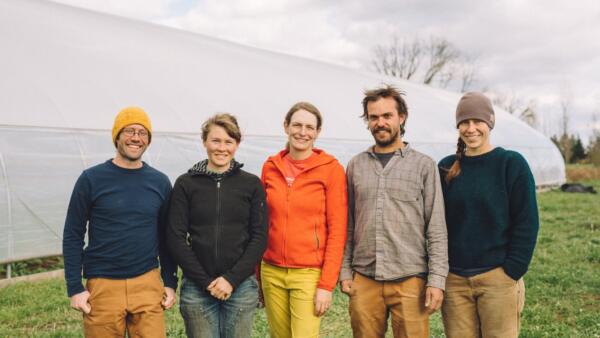
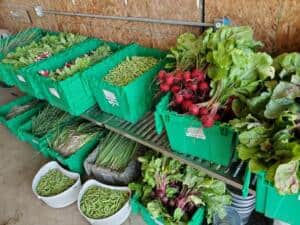


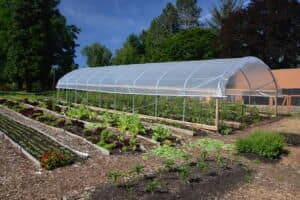



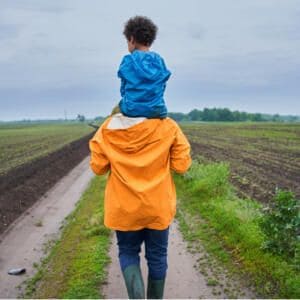
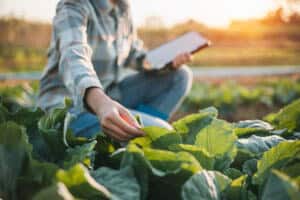
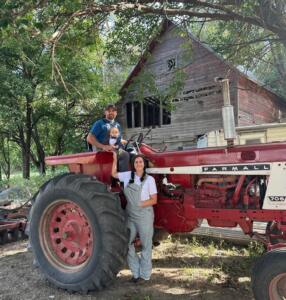
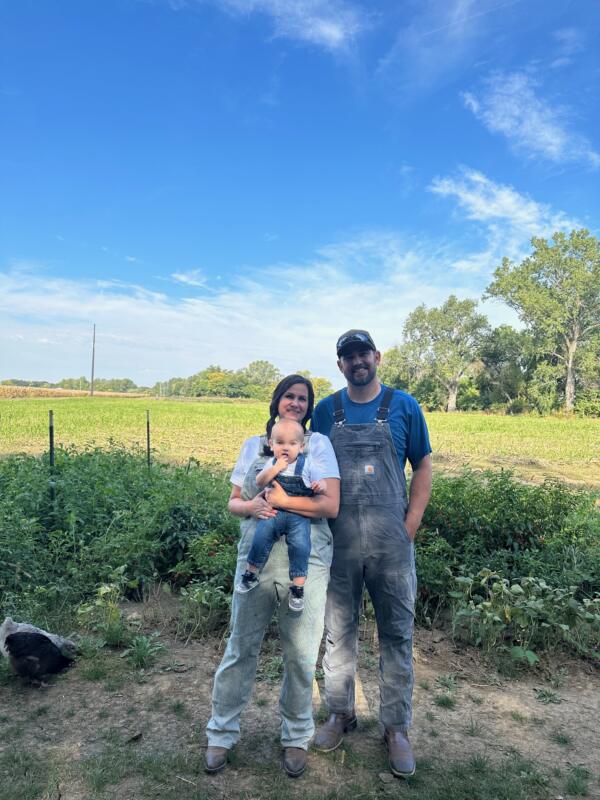
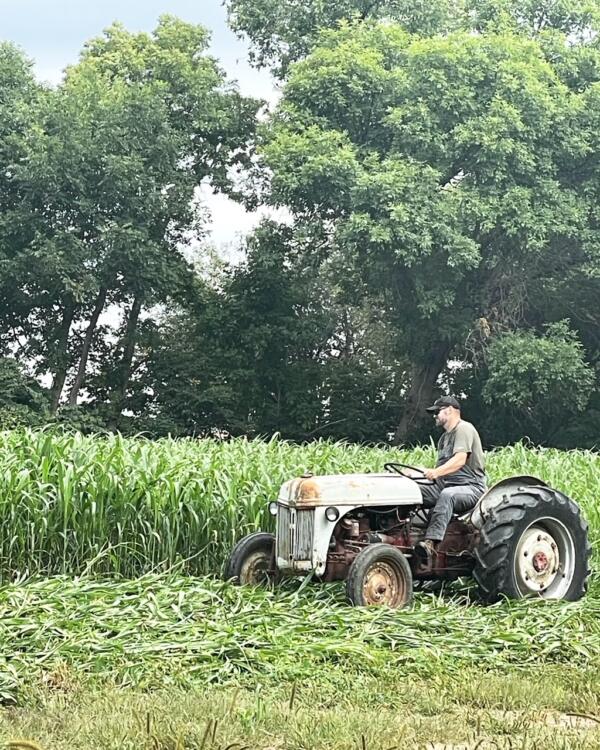
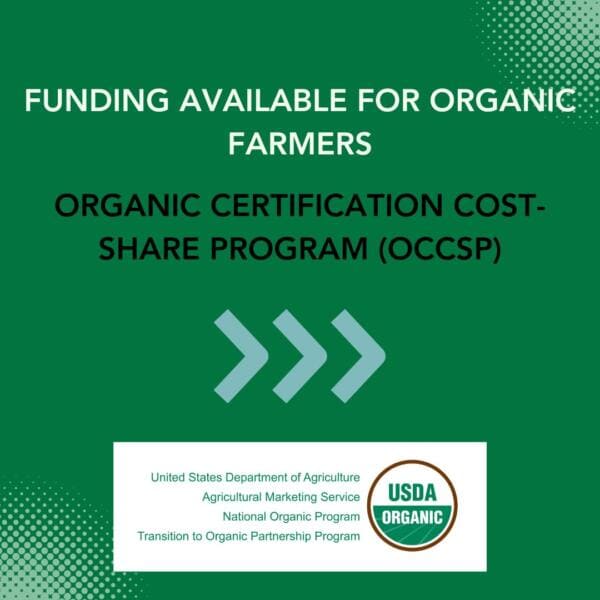
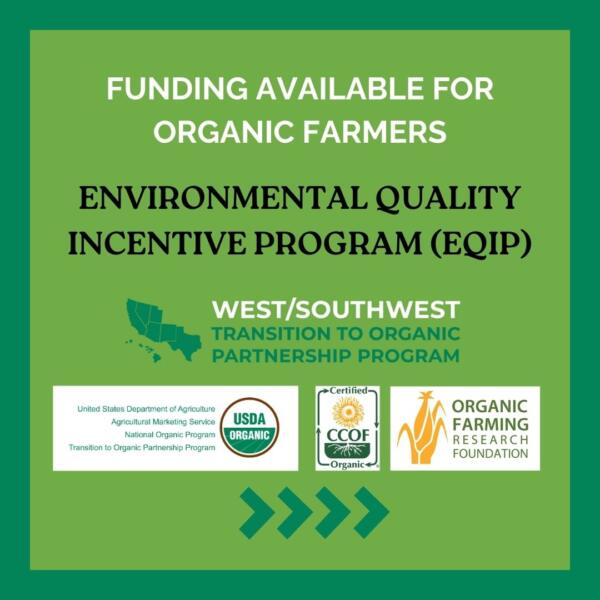
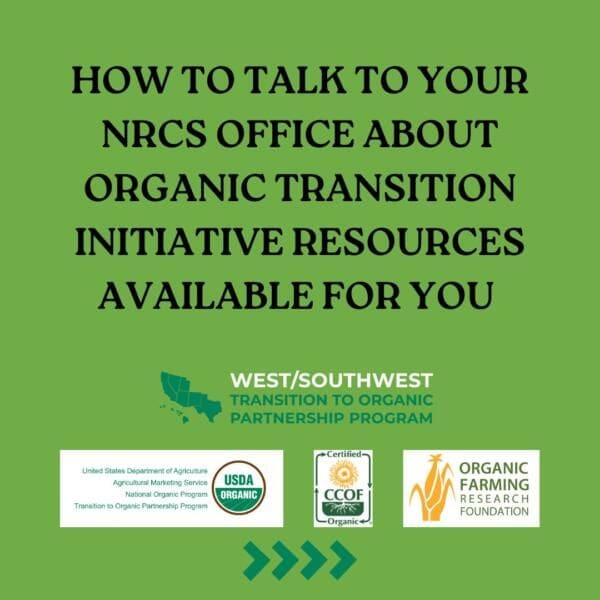
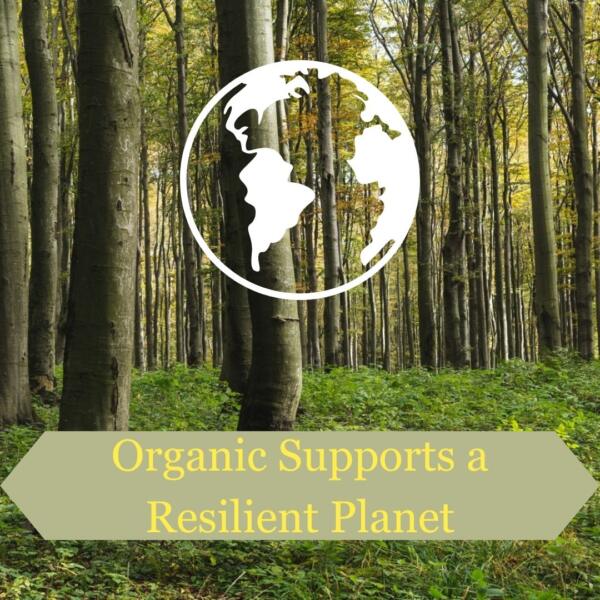
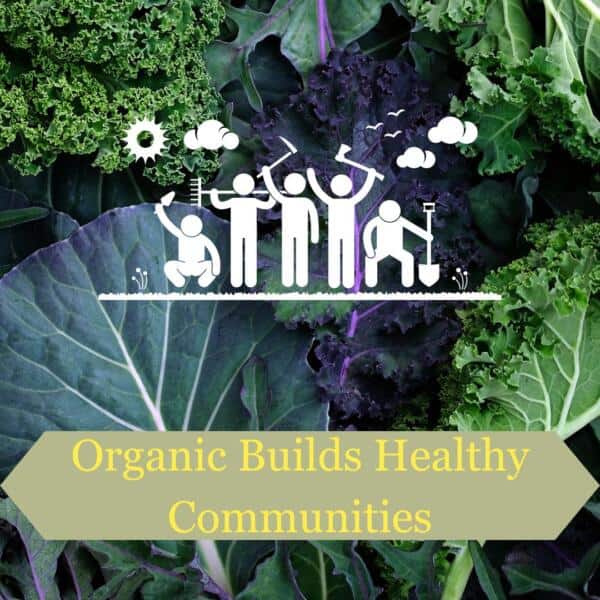
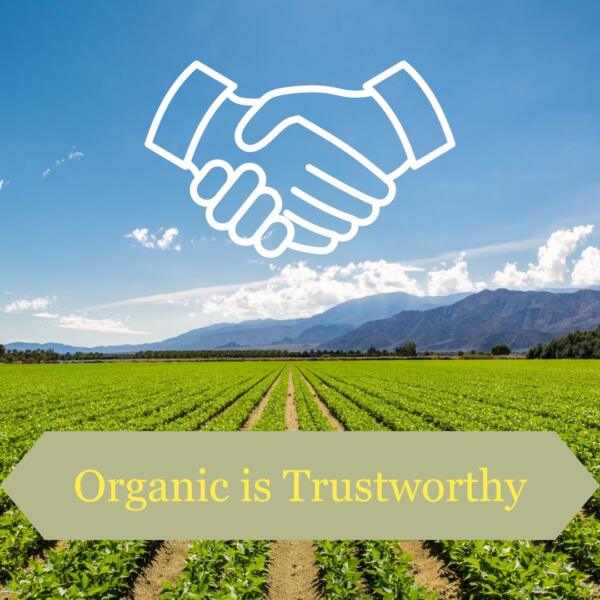
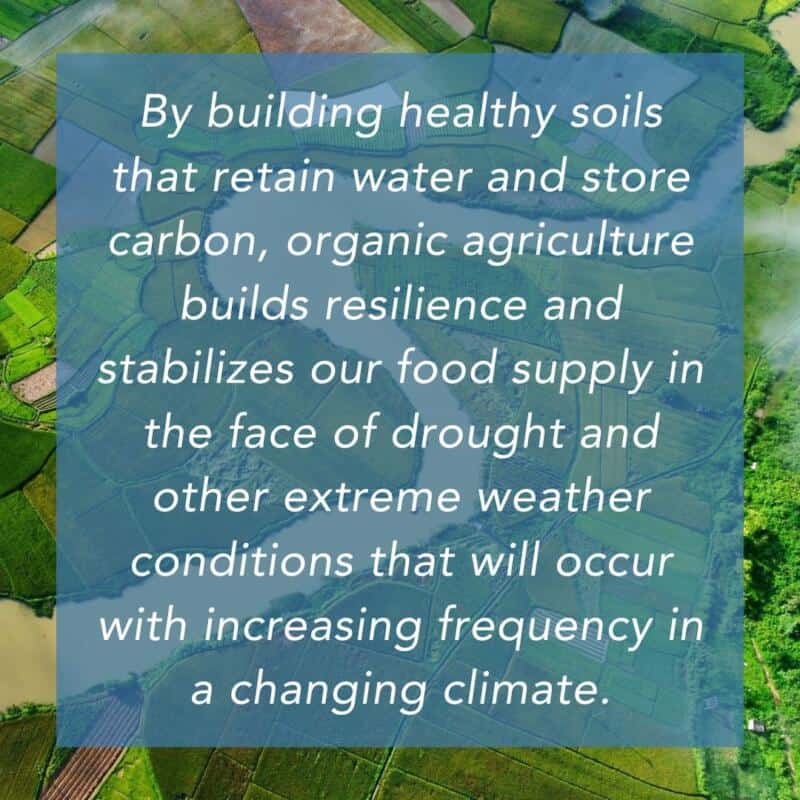
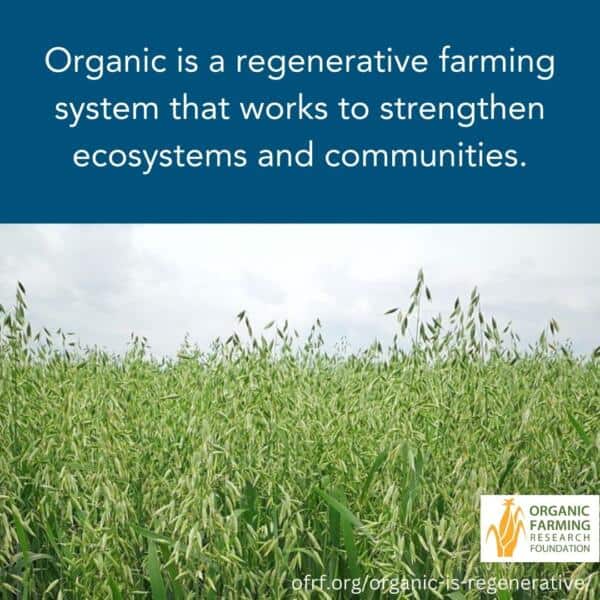
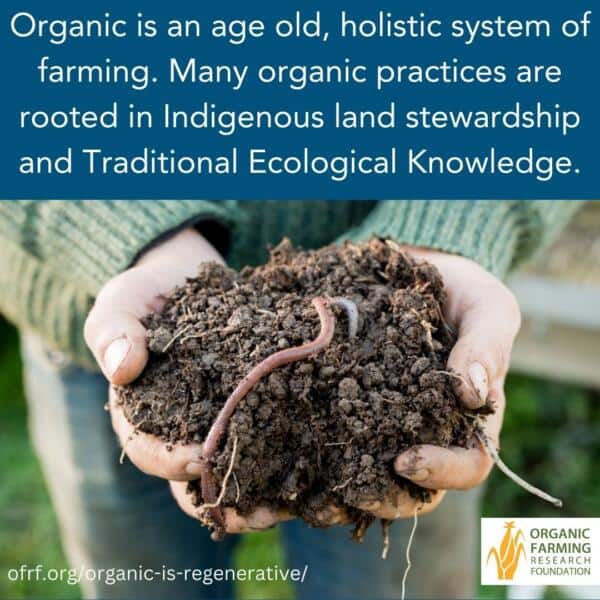
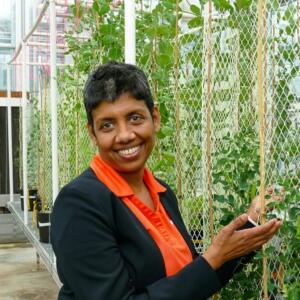
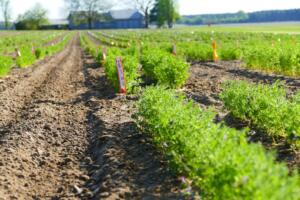 The project builds on a previous OREI grant that helped to identify varieties that worked well in organic crop rotations with sorghum. These varieties are now being evaluated to identify those with higher protein and sugar content, and better protein quality (measured both by digestibility and consumer preference). Dr. Thavarajah calls her approach “participatory breeding” that includes both consumers and farmers in the process. Interestingly,
The project builds on a previous OREI grant that helped to identify varieties that worked well in organic crop rotations with sorghum. These varieties are now being evaluated to identify those with higher protein and sugar content, and better protein quality (measured both by digestibility and consumer preference). Dr. Thavarajah calls her approach “participatory breeding” that includes both consumers and farmers in the process. Interestingly,